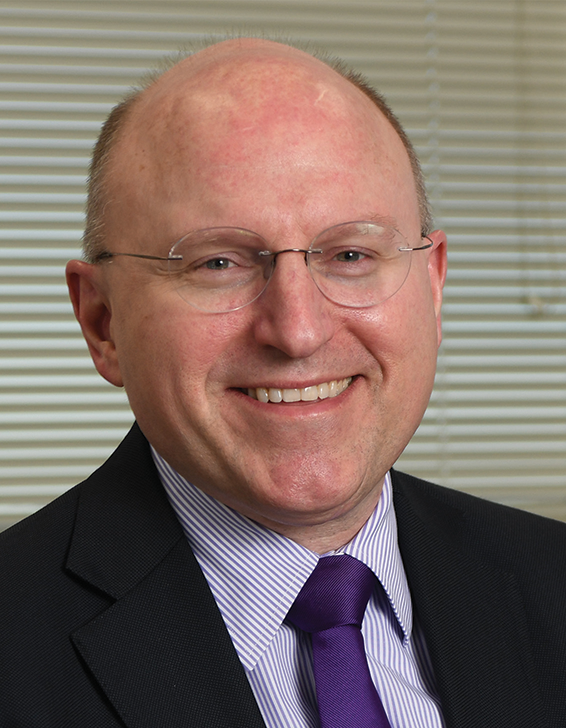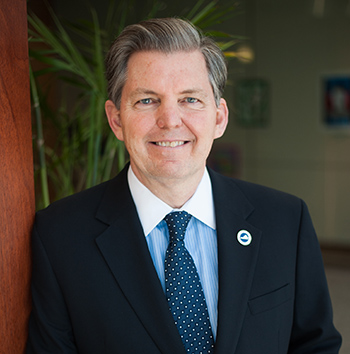Va. employment may not fully recover until 2023 to 2025
VEDP President and CEO Stephen Moret, however, believes commonwealth can return to pre-pandemic jobs levels sooner
Sydney Lake //December 4, 2020//
Va. employment may not fully recover until 2023 to 2025
VEDP President and CEO Stephen Moret, however, believes commonwealth can return to pre-pandemic jobs levels sooner
Sydney Lake //December 4, 2020//
Virginia may not get back to full, pre-pandemic employment until 2023 to 2025, according to Moody’s Analytics employment forecasting, but Stephen Moret, president and CEO of Virginia Economic Development Partnership (VEDP) thinks that the commonwealth can recover sooner.
“We not only want to accelerate the path back to full, pre-pandemic employment and even growing beyond, we also want to ensure that every part of Virginia gets back to full strength,” Moret said during the Virginia Chamber of Commerce’s 2020 Virginia Economic Summit & Forum on World Trade, hosted virtually on Friday, Dec. 4.
Forecasting by Moody’s suggests that while Northern Virginia, greater Richmond and Hampton Roads could get back to its pre-pandemic position by late 2023, rural or small metro regions in Virginia may not fully recover until 2025.
“That’s a gap we’d like to close,” Moret says.
The effects of the pandemic have not only varied by region, but by sector. While job recovery is expected, those in more blighted industries such as tourism and hospitality may require employment training to acquire skills needed to pursue different job opportunities post-pandemic, Moret says.

“As you think about getting back to full employment, in all likelihood when we do get back to full employment in 2023 or hopefully faster … Moody’s forecasts would suggest that even when we get back to the same amount of total jobs, the employment mix will be different,” Moret says. “[There will be] more positions in technology and business services and fewer positions in hospitality and certain sub sectors of retail.”
One promising aspect of the pandemic’s effects has been an accelerated focus on technology, e-commerce and data center expansions — which Moret says makes Virginia a leader in the technology sector.
Leaning on technological advances in Virginia and looking forward to the post-pandemic period, Moret expects that more companies will move permanently to full-time, remote work. While some companies may adopt to a hybrid model of working part-time in-office and part-time at home, many will move to “pure remote work,” he says.
VEDP has been working with the Virginia Chamber on the chamber’s upcoming Blueprint Virginia 2030, a comprehensive long-range plan for Virginia businesses that is expected to be presented to the next governor of Virginia in 2022. VEDP’s proposals for the blueprint include increasing manufacturing, international trade and workforce development programs while establishing new supply chains and bringing internationally outsourced jobs back to the United States and Virginia.
VEDP anticipates that more companies will be seeking to relocate their manufacturing operations closer to customers, which Moret says will be “good news” for Virginia’s efforts to capture new supply chains. VEDP proposes a goal of increasing Virginia exports by 50% by 2035, which would add an additional $18 billion in export sales and 150,000 jobs — with an ultimate goal of pushing Virginia from No. 41 in exports per capita in the country to the top 20 states for exports by 2035.
In addition to VEDP’s Virginia Leaders in Export Trade (VALET) program, which helps companies work on international exporting growth strategies, the partnership also proposes increased involvement in workforce development programs including FastForward, VA Ready, G3, the Virginia Talent Accelerator Program and the Virginia Jobs Investment Program (VJIP).
“While we think most people will be able to go back to their previous occupations, if not their previous jobs, many folks will not only not be able to go back to their previous job, they won’t be able to go back to their previous occupation,” Moret says. “Roughly tens of thousands of Virginians will need to get reskilled and find new high-wage employment. That’s going to mean a very important role for the community college system as well as other workforce development initiatives in Virginia.”
Co-chairs for the Blueprint Virginia 2030 project include Science Applications International Corp. (SAIC) CEO Nazzic Keene and Dominion Energy Virginia President Ed Baine.

The Virginia Chamber will engage businesses across the state and will invite CEOs to join its steering committee, as well as hosting regional meetings and special events to engage stakeholders in brainstorming goals for the long-range economic plan.
The initial focus of the blueprint will be on workforce development, education, transportation, infrastructure, health care, energy, entrepreneurship, manufacturing, sustainability and how to make Virginia the best state for veterans, Virginia Chamber President and CEO Barry DuVal said during the Economic Summit.
“We’re excited about kicking off Blueprint Virginia 2030,” DuVal says. “The business community has so much at stake for the future of our commonwealth, and this is an opportunity for us to have fingerprints on recommendations.”
Subscribe to Virginia Business.


















